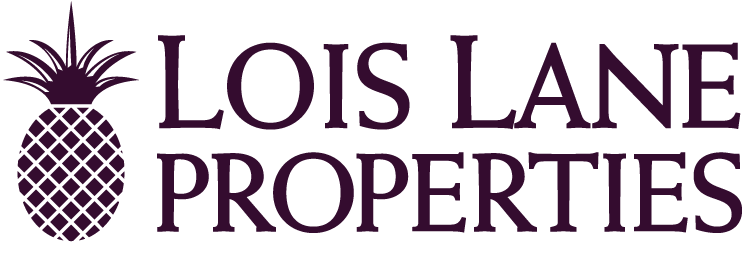Published June 28, 2024
Spotlight on Radcliffeborough
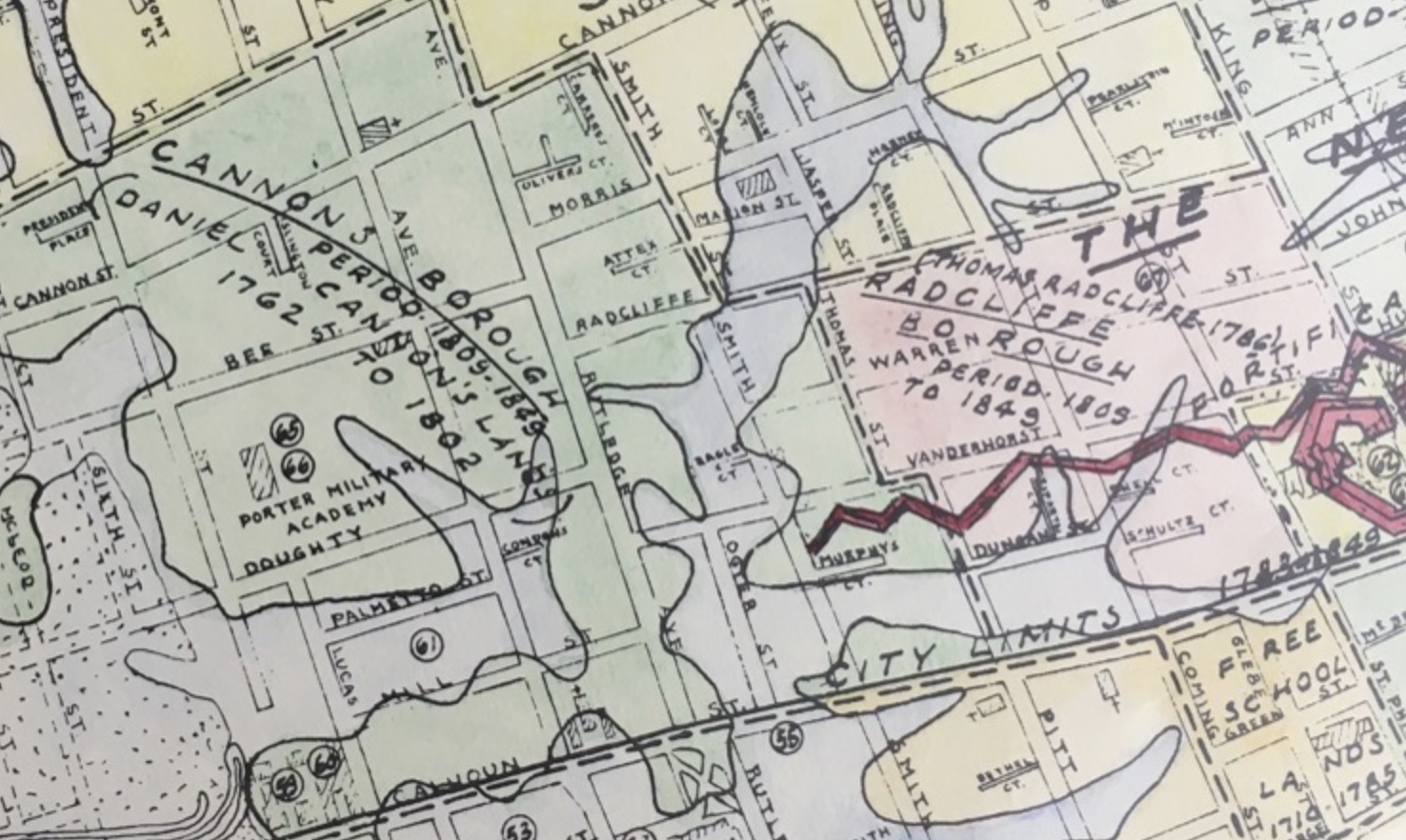
Radcliffeborough, an eight-block neighborhood, was originally carved from farmland owned by Thomas Radcliffe. Like Harleston Village, it was home to several free Black families before the Civil War. By the 1850s, many lots on Radcliffe Street were owned by "free women of color."
We enjoy discovering the history of city blocks that have been replaced with modern housing. Take a look at the history of a few interesting spots in the area. As Charlestonians, we always mourn these losses.
Morris Street School
Morris Street Square is a block bounded by Jasper, Morris, Smith, and Radcliffe Streets. This block remained vacant for over thirty years until it was redeveloped into the urbanist infill project known today as Morris Square. For over a century, this block was the site of Simonton School, originally called the Morris Street School. Later renamed the Charles H. Simonton School, it was one of four elementary schools ordered to be built by the Charleston City Council in 1856. It was the first public school for African Americans in Charleston, built to the same standards as the schools for white children, including the original Courtnay School on Meeting Street. Despite state laws prohibiting the education of African Americans, this publicly funded school served Charleston's large free Black population, directly conflicting with South Carolina's Black Codes—years before slavery was abolished.
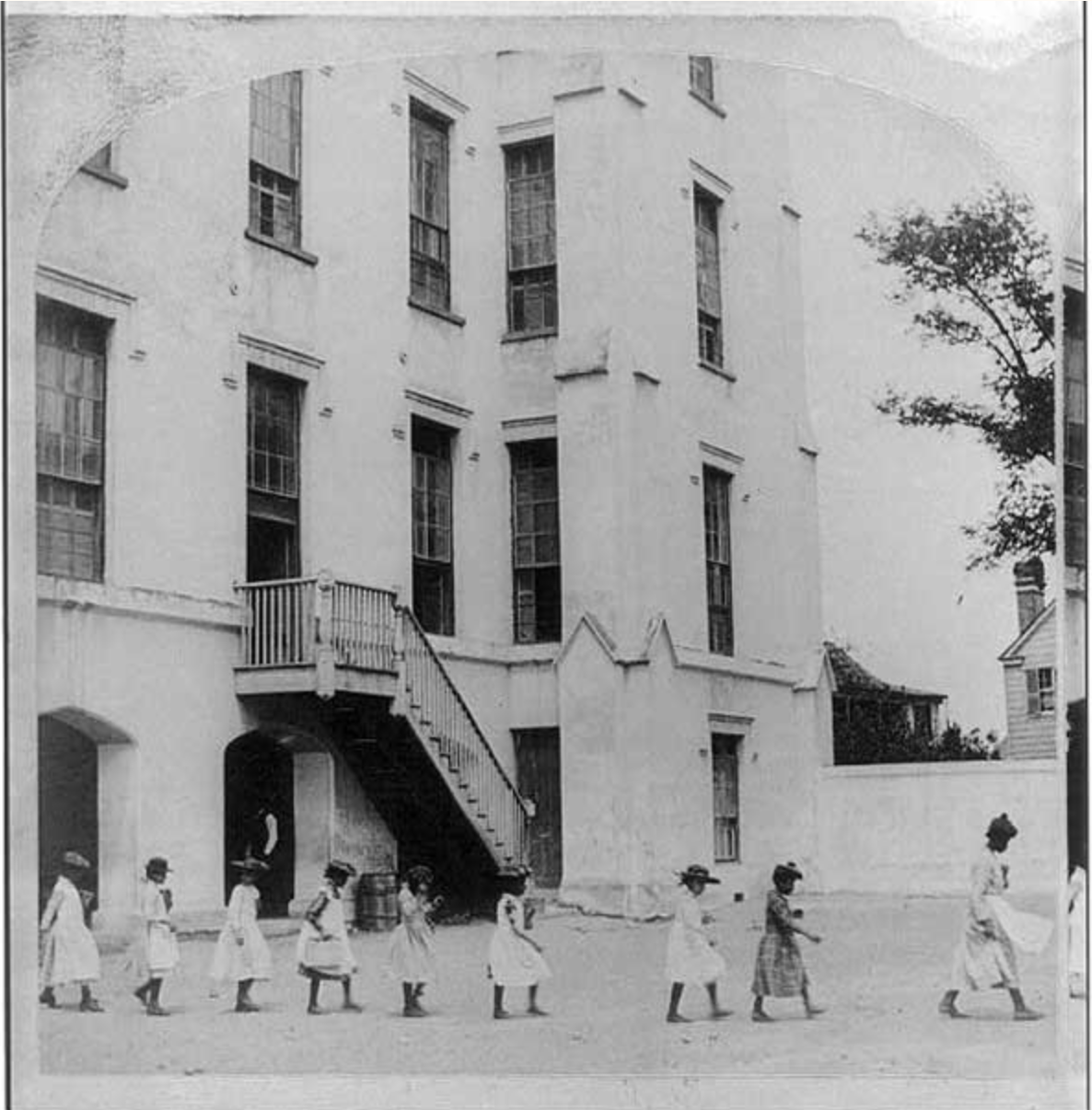
Morris Street School, which was later named the Simonton School. Historic American Building Survey (HABS) and the Library of Congress (LOC). Photo taken in 1891.
After 1970, the Charleston County School District sold Simonton School and its campus—a full city block—for less than $100,000. The building was demolished by the buyer, who sold its bricks for more than the purchase price. For many years, the site was used as a surface parking lot and an athletic practice field by two private schools. After 1999, the vacant lot, less than two acres, was sold to a private owner for approximately $2,000,000. Today, it is the site of Morris Square, a major urban infill mixed-use high-end residential project.
Brooks Motel
Just north of Jasper Street is Morris Street, once home to numerous successful Black-owned businesses. At the corner of Morris and Felix Streets stood the Brooks Motel and Restaurant, a local headquarters for the Civil Rights movement in Charleston where Dr. Martin Luther King Jr. stayed in June 1963. The Brooks Motel was approved for demolition in 1995 and demolished around 2001. While the Brooks Motel is still remembered by many, other buildings in the area have not been as well documented or remembered.
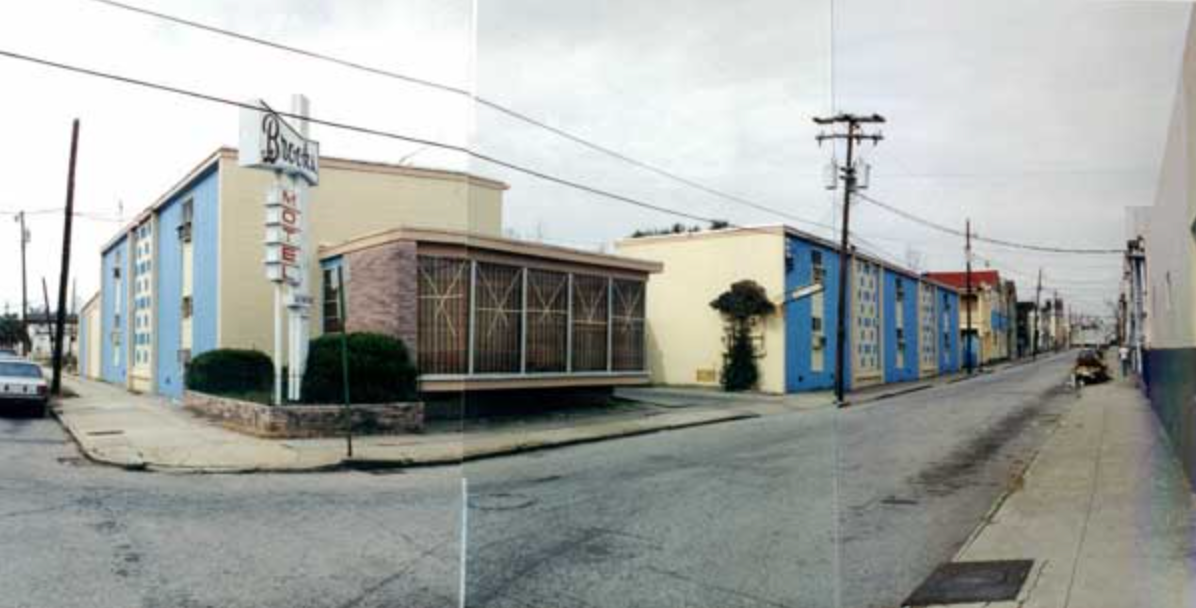
Brooks Motel at the corner of Morris and Felix Streets. Photo credit: Steve Rhea. Posted on LocationsHub.
14 Jasper Street
We are thrilled to announce the upcoming listing of a captivating property on Jasper Street, located in the historic Radcliffeborough neighborhood. Near the edge of Cannonborough, the house at 14 Jasper dates back to the mid-1800s. Uniquely, it is set far back on the lot, offering considerable privacy from the street. There is ample off-street parking and a walled courtyard at the rear. During the restoration process, many of the original components were carefully salvaged. The first floor features a living room, large dining room, powder room, eat in kitchen, and a laundry room. On the second floor is a sitting room, three bedrooms and two bathrooms. Both the first and second floor porch are perfect for enjoying the summer breeze. We are looking forward to welcoming this charming property to the market!
With its beautifully preserved 19th-century homes and rich cultural heritage, Radcliffeborough offers a unique blend of history and modern living, serene streets, and vibrant community life. We love this historic neighborhood.
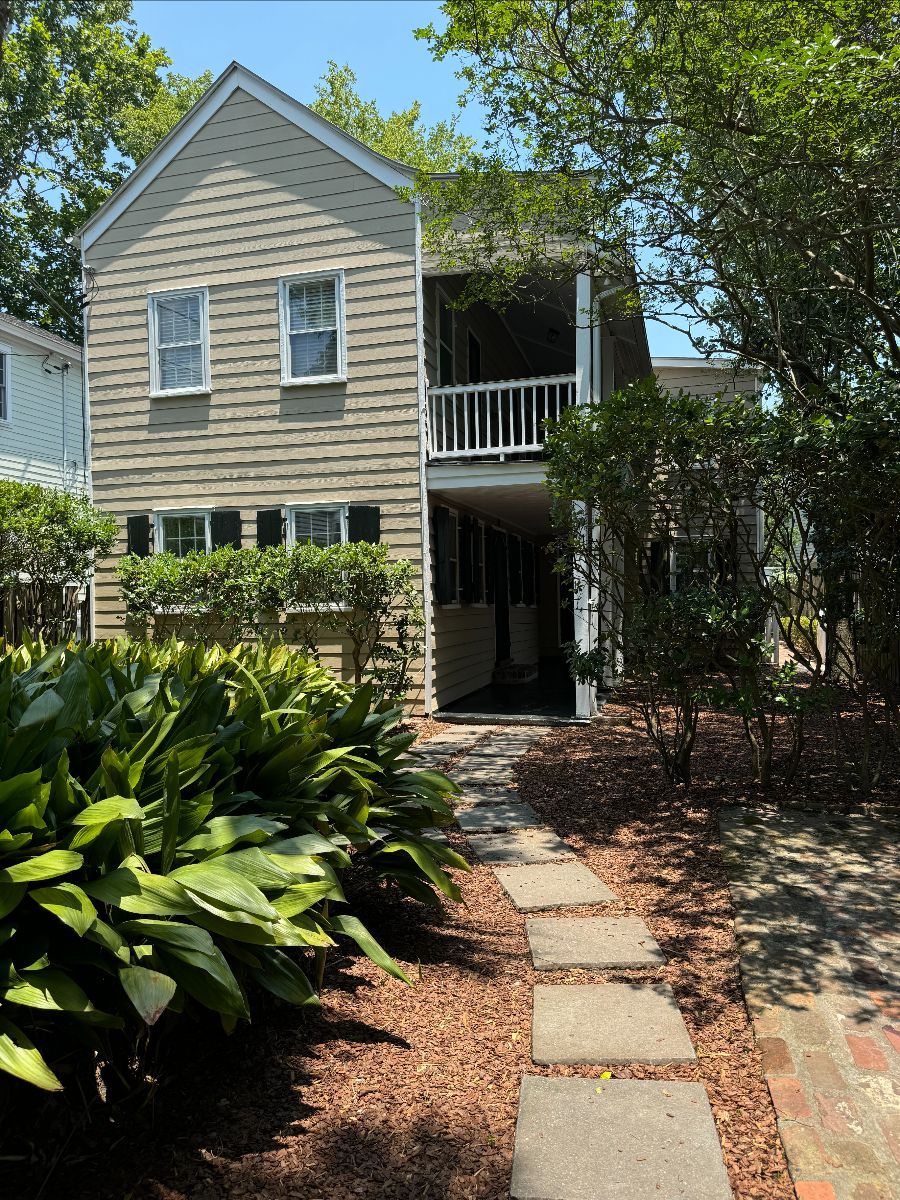
14 Jasper Street
